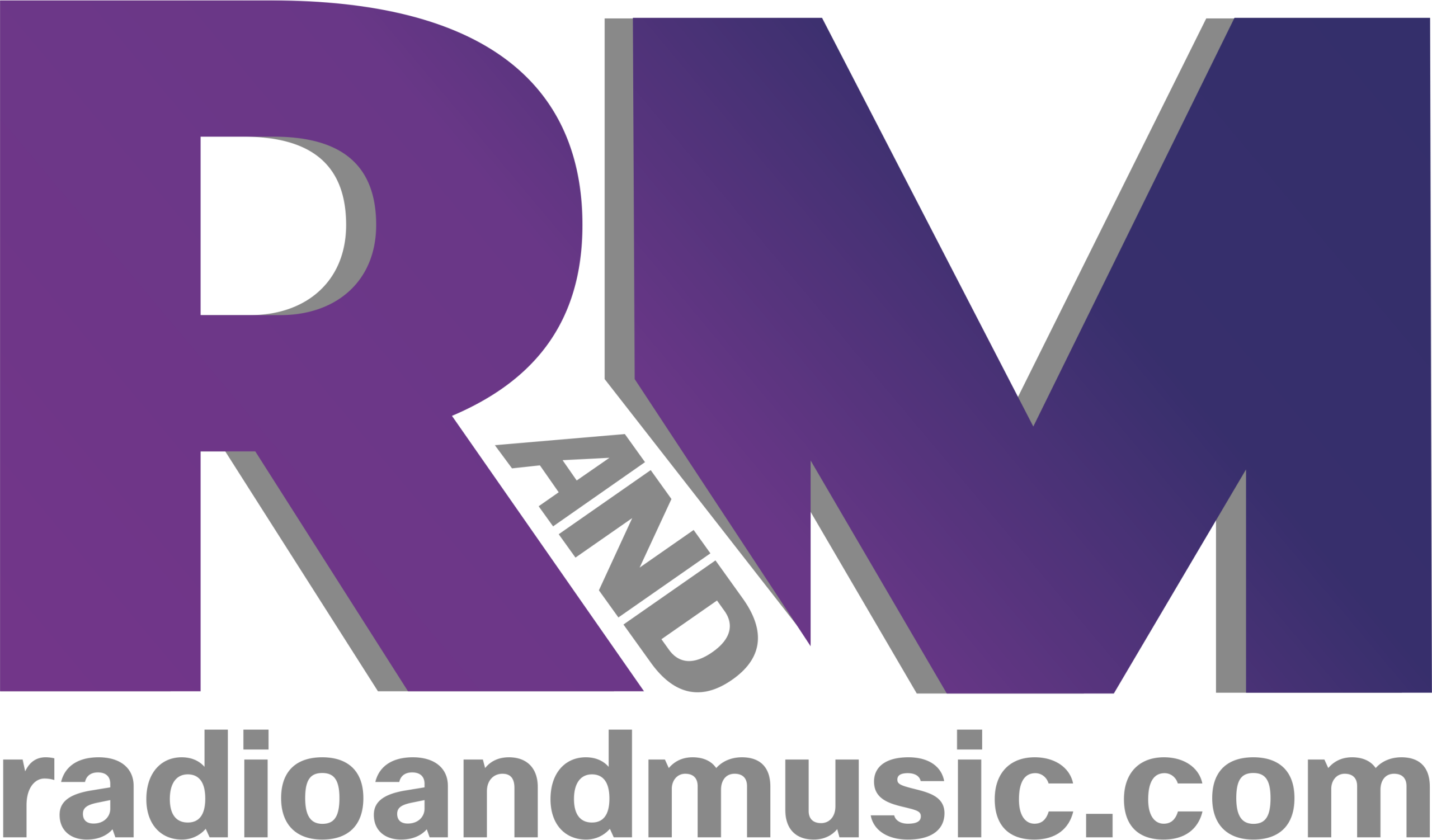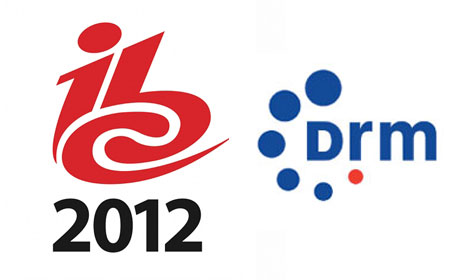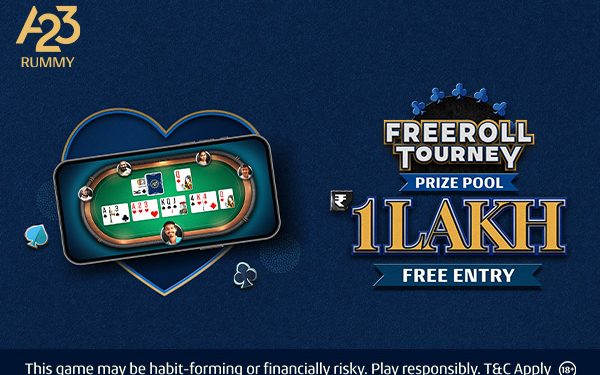MUMBAI: The DRM Consortium chose to focus on the efficiency aspects of DRM at the International Broadcasting Convention (IBC) in Amsterdam this September.
Three key Consortium members hosted events highlighting a new system for enhancing SW (Thomson), how to save energy using DRM transmitter systems (Transradio) and the efficient use of DRM + and DRM30 with a live LW transmission to prove it (Nautel). The transmission infrastructure provider Teracom A/S worked together with the transmitter provider, Nautel, and so during the event on Sunday and throughout the whole of IBC a BBC programme broadcast on 243 kHz (LW) from Kalundborg – Denmark, could be heard throughout much of Northern Europe.
In between these events the DRM Consortium held its first networking “brunch” in one of the IBC pavilions. The event marked the launch of the new complete “DRM Introduction and Implementation Guide”. Its editor, Nigel Laflin, stressed that the Implementation Guide is a “must-have” document aimed at the management of radio broadcasting organisations in the areas of policymaking, programme making and technical planning. The Guide can be freely downloaded at: www.drm.org.
And by happy coincidence on September 10th the radio and television public broadcaster in India Prasar Bharti launched a Digital Radio Mondiale (DRM) Super Power Transmitter (1000 kw) of All India Radio in Jamnagar district of Gujarat.
The Thomson transmitter with DRM technology is capable of broadcasting in DRM, AM and simulcast modes, a first for India. The frequency of the transmitter is 1071 kHz for AM mode and 1080 kHz for DRM mode.
The Prasar Bharati chief executive officer Jawahar Sircar said at the official launch that, “All India Radio is going to install DRM digital technology transmitters at other stations very soon.”
Ruxandra Obreja, DRM Consortium Chairman, says: “Our presence at IBC this year has been more ambitious and more varied than ever. Against news of the DRM roll-out progress, the work on new chipset and receiver developments; the launch of the implementation guide, the interest shown in our technology and its benefits has demonstrated that DRM is turning from a theoretical digitisation idea to a practical, real solution.”















